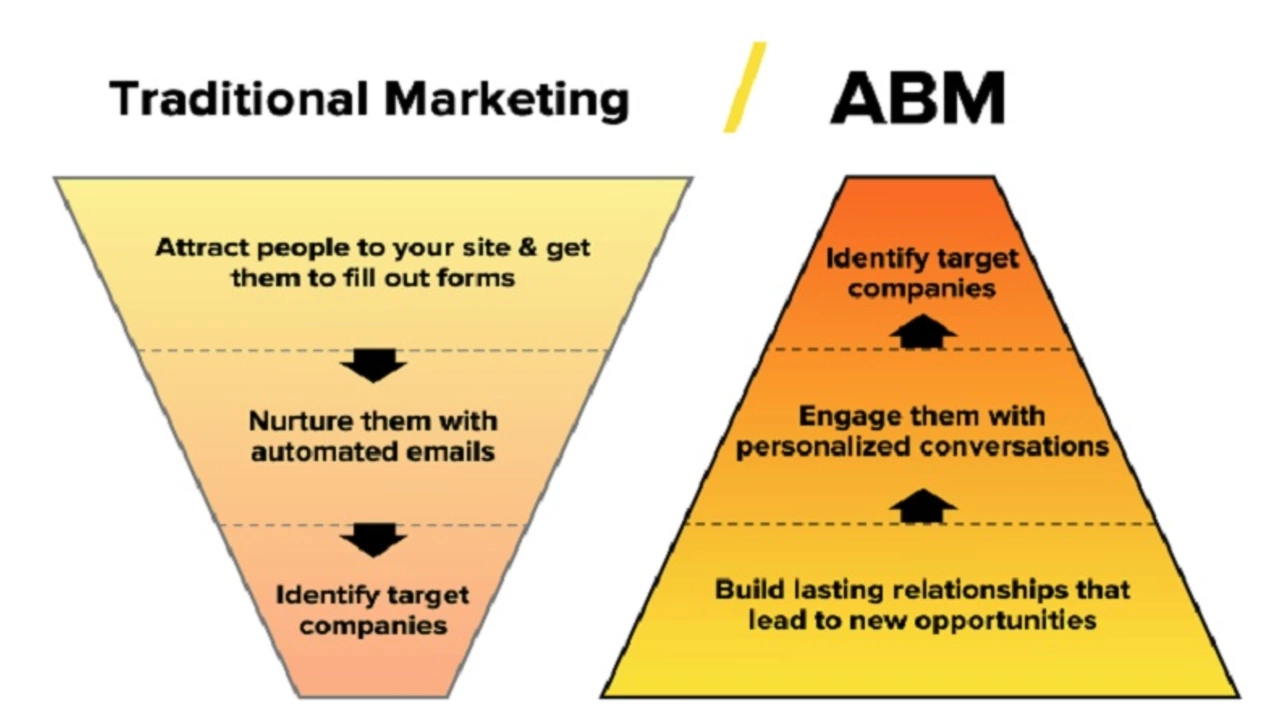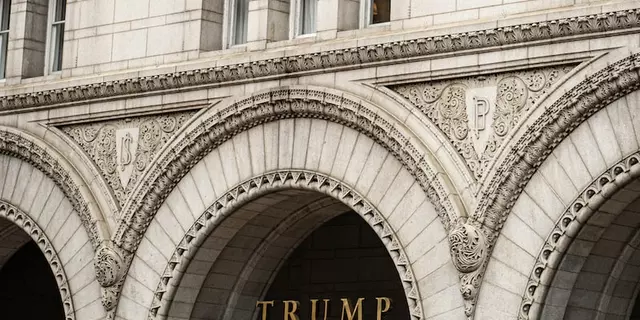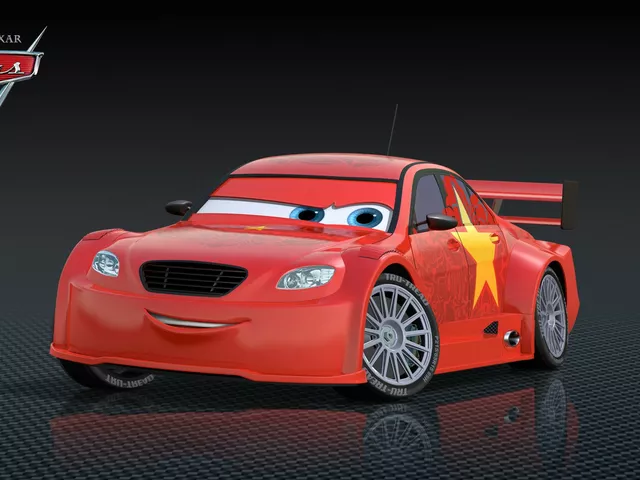The Pioneer Age of Sponsorship
Let's turn back the clock and ride into the past, shall we? Back in the day, the marriage between tobacco companies and motor sports seemed kind of natural and inevitable. Just as peanut butter pairs well with jelly, tobacco companies found a companion in motor sports, creating a symbiotic relationship that lasted for decades. Their reasoning might seem obscure initially, but let's break it down.
Back in the 1970s, auto racing was the "it" thing. Folks would gather around, munching on popcorn, riveted as metallic beasts roared around the circuit spitting fire. It was a spectacle of noise, color, and speed that kept spectators' hearts racing and adrenaline pumping. This charged ambiance was the perfect platform for a powerful message - Advertising.
As marketers, the tobacco companies' goal was to embed their products into people's subconscious; they aimed to make smoking synonymous with the exhilarating, glamorous, and risqué world of racing. What better way to achieve this than putting their logo on a rampaging steel beast hell-bent on winning a race? Sneaky, right? I hate to admit it, but it was damn effective. The whole setup was about creating a perception, an association, a lifestyle. The roar and victory of the cars were mindfully linked with tobacco branding to create a heady mix, just the cocktail the tobacco companies needed.
From Tracks to Packs
As you're probably aware, marketing is a complex process of audience understanding, targeting, and delivering a highly specific message to said audience. This being no secret, tobacco companies aimed for the bull's-eye with their clever ploy. They knew their audience well - men, predominantly - adrenaline junkies, speed enthusiasts, middle-aged men seeking a spark in their mundane lives, and young, impressionable boys aspiring to jump into those seats themselves someday.
The races attracted millions of views worldwide, providing tobacco companies with a global platform to advertise their products. The brand name and cognitive association were far-reaching and successful. Whether it was Marlboro sponsoring Ferrari or Camel partnering with Lotus - each rendered a deep imprint on the minds of spectators and fans worldwide. The goal was to convert from tracks to packs, a system that was all too successful for many years.
The Smoke Signals Change
Alright, let's shift gears and get serious for a moment. Nothing lasts forever, and this holds for advertising alliances as well. While the arrangement was financially lucrative, the winds of change started blowing in the 1990s. Growing antipathy towards smoking and the mounting evidence of health risks associated with it prompted a need for stricter review and regulation.
Internationally, the World Health Organization played a vital role in agitating for change. In the United States, the Federal Trade Commission and the Food and Drug Administration also combatted this form of advertising. The message was clear - public health was paramount, and advertising of tobacco, particularly in such high-profile and far-reaching platforms like motor sports, faced robust challenges.
Driving Towards a Smoke-Free Finish Line
The influence and reach of tobacco marketing were clear as day, but the tide was turning. Activists, public health officials, and governments worldwide were beginning to recognize the issues at hand and were taking action. Initiatives like the Master Settlement Agreement in the US, barring tobacco companies from engaging with motor sports, considerably brought down their omnipresence. The treaty brought about the much-needed respite, advocating a smoke-free lifestyle, and discouraging the younger generation from picking up the habit.
Leaving a Trail of Smoke
The divorce between tobacco companies and motor sports did not happen overnight. There were changes, appeals, counter-appeals, and a whole lot of controversy. The association had entwined so deep that it was a herculean task to unravel it. It was like trying to unmix milk and coffee - an absurdly difficult task.
But let's not overlook the financial impact of the separation. The motor sports industry had to figure out means of filling the massive monetary chasm left by the withdrawal of the tobacco companies, and this transition was not smooth or pleasant.
Rising from the Ashes - Motor Sports Today
As my old neighbor used to say, "Sometimes you've got to walk through a storm to enjoy the sunshine". Motor Sports emerged stronger, wiser, and cleaner from this stormy chapter of its existence. Today, motor sports has diversified its portfolio and has attracted myriad other brands in domains like tech, energy drinks, fashion and automotive parts. All in all, who knew a can of Red Bull could fuel a racing car!
Concluding this trip down the memory lane, the once-flourishing relationship between tobacco companies and motor sports is an important chapter in the history of sports advertising. It serves as a testament to the power of persistent branding and the profound impact it can wield on public perception. Moreover, it is a grim reminder of the extent capitalists would go for profits, disregarding public health. But most importantly, it highlights the triumph of the collective will of a society that chose health over glitzy, albeit harmful advertising!



